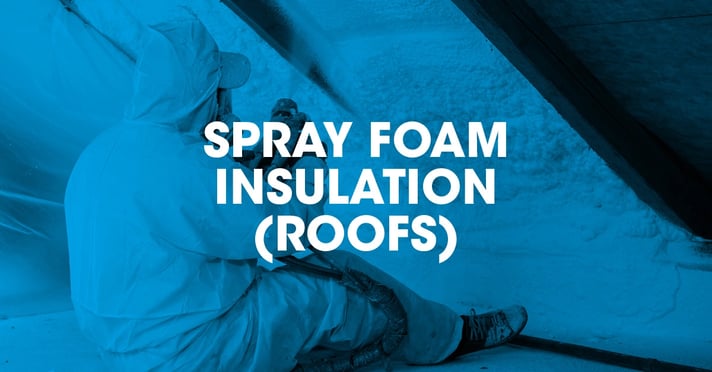What are spray foam insulations?
Spray foam insulations are available on the market and are occasionally specified for application to the underside of new and existing pitched roofs. These most commonly consist of either open or closed cell polyurethane which are marketed as methods to attain improved thermal performance and as a stabilisation method for weak or failing roof coverings.
What are the industry concerns?
Over recent years, spray foams have become a topic of debate with their use and building defects such as condensation issues and associated defects have been reported. Also, there has been significant conjecture over the use of sprayed polyurethane (PU) foams in domestic property leading to confusion amongst surveyors and valuer’s about how to report on the condition of a roof with sprayed foam applied to the underside of the roof covering, and with some lenders refusing to offer mortgages on affected properties.
Warranty stance
Given the continuing unease around the potential impact on Homeowners and lender issues (usually upon re-sale) surrounding the use of spray foam insulations, we have for Warranty purposes, taken the decision NOT to accept any spray foam insulations (even products which hold 3rd Party accreditation from a UKAS accredited body) for application to pitched or flat roofs. If this position changes in the future, we will provide an update.
What Developers should action after reading this document?
Developers should not specify spray foam insulation for application to pitched or flat roofs.

